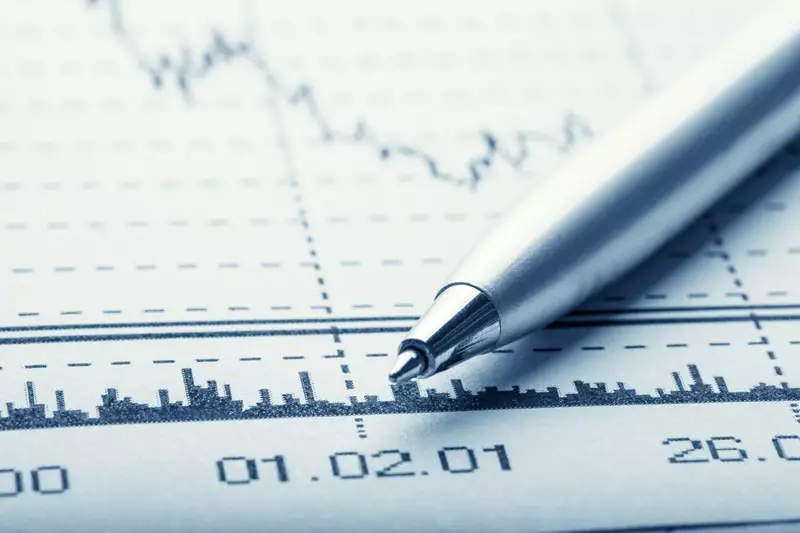The U.S. economic growth in the first quarter fell below the Federal Reserve’s estimates of the economy’s potential for the first time in nearly two years. The 1.6% rate of expansion registered in the first quarter met that mark after a period above the central bank’s median 1.8% estimate of noninflationary potential. This slowing growth signaled a potential turning point for the economy, which had been experiencing a period of above-trend expansion. However, the slowdown in growth also raised concerns about the overall health of the economy and its ability to sustain long-term growth.
The signs of slowing economic growth were accompanied by fast inflation, which posed a particular dilemma for the Federal Reserve. The personal consumption expenditures price index over the first quarter rose at a 3.4% annual rate, exceeding the Fed’s 2% target. This rapid inflation raised concerns about the central bank’s ability to control price pressures and maintain stable economic conditions. If sustained, high inflation could have significant negative consequences for the economy, including eroding purchasing power and reducing overall consumer confidence.
Investors and analysts reacted strongly to the data, with many focusing on the high inflation figures rather than the signs of slowing economic growth. As a result, the probability of an initial Fed rate cut slipped across the board, with expectations for a cut in June falling to less than 10%. Bets on a September cut also decreased to about 58%, while the likelihood of a second cut in December was given less than even odds. These shifts in market expectations reflected concerns about the potential impact of inflation on the economy and the Fed’s ability to navigate these challenges effectively.
Despite the slowdown in economic growth, there are reasons to believe that the 1.6% first-quarter growth rate may overstate any weakness in the economy. Nationwide Financial Market Economist Oren Klachkin pointed to sizeable drags from imports and inventories that are unlikely to persist throughout the year. This suggests that while the economy may be experiencing a temporary slowdown, there are underlying strengths that could support a resurgence in growth in the coming months. However, the continued prevalence of high inflation remains a significant concern and will likely be a key factor shaping the Federal Reserve’s policy decisions in the near future.
The Federal Reserve faces a challenging environment characterized by slowing economic growth and fast inflation. Balancing these competing pressures will require careful analysis and strategic decision-making to ensure the stability and sustainability of the U.S. economy.

